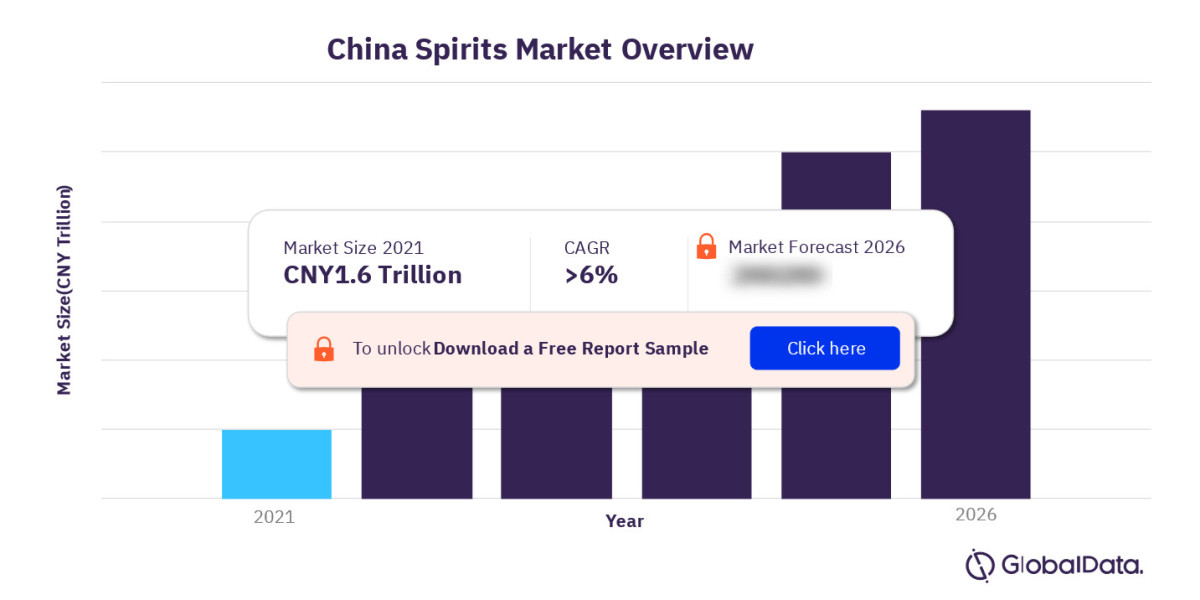China's beverage landscape boasts a vibrant spirits market, deeply entrenched in cultural traditions yet rapidly evolving with consumer preferences. This article delves into the complexities of this multi-billion dollar industry, exploring its dominant players, emerging trends, and future prospects.
A Legacy of Spirits
Alcohol consumption in China has a rich history, dating back millennia. The most prominent spirit, Baijiu, a potent grain alcohol with a distinct aroma, embodies this legacy. Baijiu holds immense cultural significance, often gifted during celebrations and business dealings. Kweichow Moutai, the leading Baijiu brand, exemplifies this status, consistently ranking among the world's most valuable spirits producers.
Market Dynamics: A Shifting Landscape
Despite its dominance, the Chinese spirits market is undergoing a transformation. Here are some key trends shaping the industry:
Premiumization: Consumers are increasingly opting for higher-quality spirits, with a growing demand for aged varieties and international brands. This trend presents an opportunity for foreign players like Scotch whisky and cognac.
Evolving Consumption Patterns: The rise of a younger generation with different drinking preferences is impacting the market. These consumers are drawn to smoother, more versatile spirits and cocktails, leading to a rise in imported categories like vodka and gin.
Online Sales Boom: E-commerce platforms are revolutionizing the industry. Consumers can now conveniently purchase premium spirits directly from retailers and distributors, bypassing traditional brick-and-mortar channels.
Regional Variations: While Baijiu reigns supreme nationally, regional preferences exist. For instance, southern China leans towards lighter-bodied spirits like rice wine, while northern regions favor stronger varieties.
Impact of COVID-19: The pandemic significantly impacted the on-trade (restaurants and bars) sector, leading to a decline in spirits consumption. However, the market is expected to rebound as restrictions ease and social gatherings resume.
Giants of the Industry
Several key players dominate China's spirits market:
State-Owned Enterprises (SOEs): Many leading Baijiu brands, like Kweichow Moutai and Wuliangye, are SOEs. These companies benefit from established distribution networks and brand recognition.
Private Enterprises: Private companies are increasingly making inroads into the premium Baijiu segment, offering innovative products and targeting younger consumers.
International Spirits Companies: Diageo (owner of Johnnie Walker) and Pernod Ricard (owner of Martell cognac) are actively expanding their presence in China, capitalizing on the premiumization trend.
Challenges and Opportunities
The Chinese spirits market faces several challenges:
Economic Slowdown: A potential economic slowdown could affect consumer spending, impacting the premiumization trend.
Counterfeiting: Counterfeiting of popular brands, particularly Baijiu, remains a concern, eroding consumer trust and brand value.
Government Regulations: The government implements regulations to control alcohol consumption and advertising. These regulations can impact marketing strategies and distribution channels.
Despite these challenges, exciting opportunities exist:
Innovation: Developing new flavors, blends, and packaging that cater to evolving consumer preferences is crucial for sustained growth.
Omnichannel Marketing: Integrating online and offline marketing strategies can effectively reach diverse consumer segments.
Focus on Health: Introducing healthier spirit options with lower alcohol content or natural ingredients could attract health-conscious consumers.
Looking Ahead: A Spirited Future
China's spirits market is poised for continued growth. While the overall volume might decline slightly due to a shift from Baijiu, the premiumization trend and rising demand for imported spirits will drive value growth. Innovation, a focus on e-commerce, and navigating regulatory landscapes will be critical for success. As tradition blends with modern trends, China's spirits market promises to remain a dynamic and lucrative space for domestic and international players alike.
Word count: Approximately 650 words
Additional Points to Consider for a 2000-word Article:
Deep Dive into Baijiu: Explore the different types of Baijiu, their production process, and the cultural significance of the spirit. Discuss the challenges faced by the Baijiu industry and potential strategies for revitalization.
Sustainability in Spirits Production: Investigate the growing focus on sustainable practices in the industry. Analyze efforts to reduce water usage, minimize waste, and promote environmentally responsible sourcing of ingredients.
The Rise of Craft Spirits: Discuss the emergence of a small-batch, artisanal spirits movement in China. Explore the unique challenges and opportunities faced by craft distillers and their potential impact on the market.
The Role of Technology: Analyze how technological advancements are shaping the Chinese spirits market. Discuss the use of blockchain technology for anti-counterfeiting measures, AI-powered marketing campaigns, and online delivery platforms.
For more insights on the China spirits market forecast, download a free report sample



